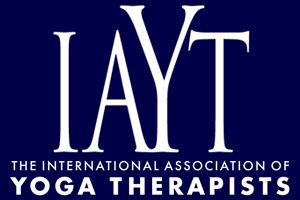Training Issues in Yoga Therapy and Mental Health Treatment
The field of yoga therapy is in the midst of a paradigm shift that will affect our education and clinical practice. Some yoga therapists are seeking additional professional training to work with special populations, while others prefer to conduct treatment in much the same way they have for decades. Some yoga therapists have chosen to align with IAYT's move toward accreditation, and perhaps to explore third-party reimbursement and licensure,while others elect to solidify their identity as "renegade"practitioners or educators. The fields of psychotherapy and psychiatry have also entered a period of transition. Many clinicians now acknowledge the body's integral role in transformation. Some have begun to study yoga or incorporate yogic interventions into treatment, while others choose to practice psychotherapy and support yoga therapy as a valuable adjunct treatment. Yoga has also made its way into psychotherapy training programs, and has become a hot topic at psychology conferences. IAYT's membership reflects this significant trend toward the integration of yoga and psychology. Of its nearly 3,000 members, 40%hold a medical license, and almost half those licenses are in mental health. The great wall between yoga therapy and mental health treatment is crumbling.
